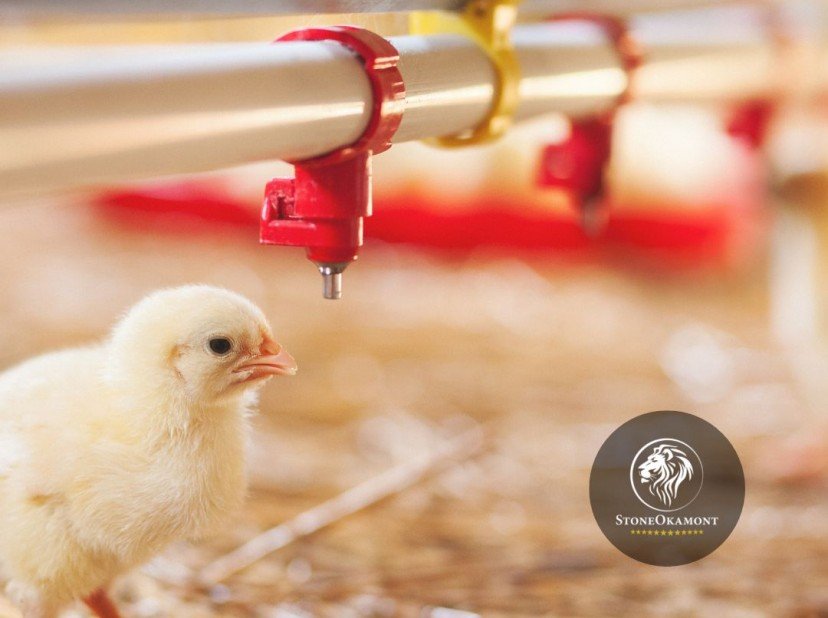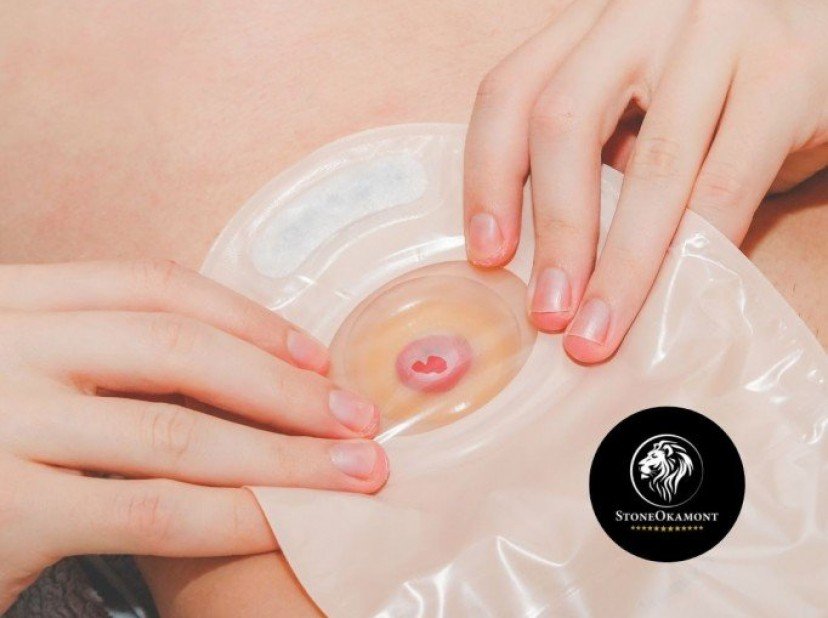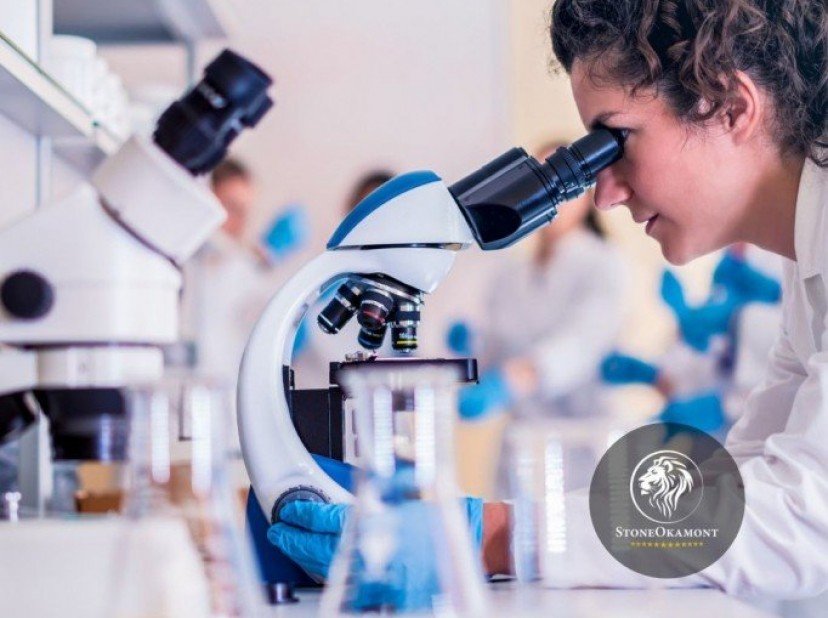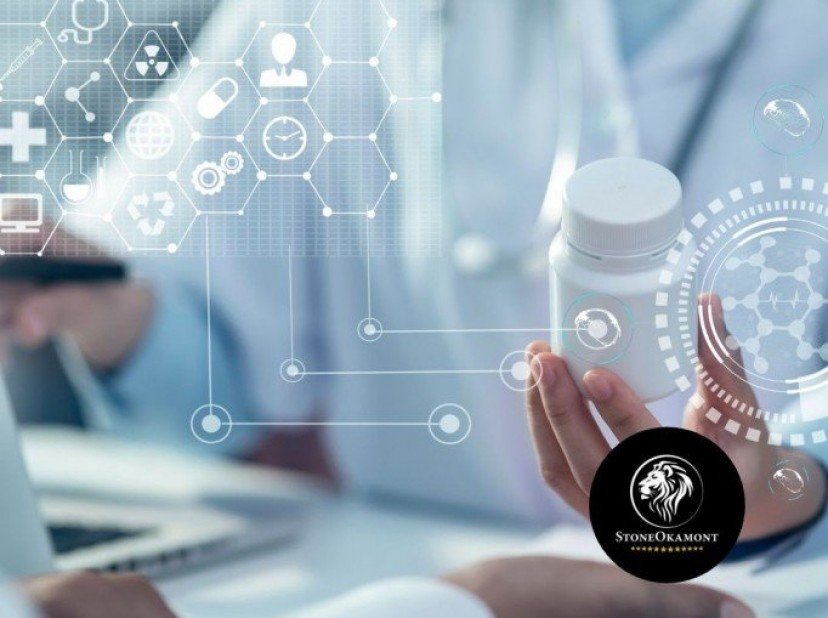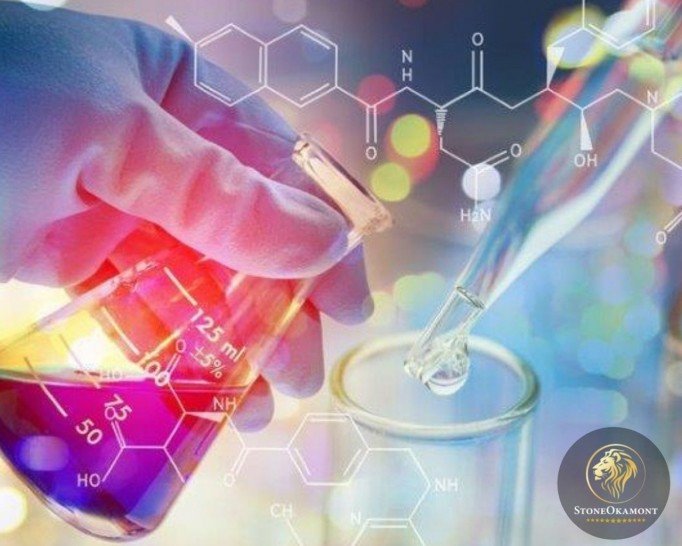
Pharmaceutical inputs are the active ingredients and pharmacologically components intended for the use of drug manufacturing, i.e., pharmaceutical input isn’t a medicine. It’s part of the medicine and part of the manufacture of it, but it’s not the remedy itself.
Pharmaceutical inputs represent a large production chain of the pharmaceutical industry and, to ensure the quality in the production of these medicines, ANVISA is the agency responsible for the company's licenses and sanitary control of these pharmaceutical inputs. All through sanitary inspections and standards.
The registration of these products aims to increase the sanitary control of pharmaceutical inputs used in the manufacture of medicines in Brazil.
According to RDC No. 57/2009, active pharmaceutical inputs may not be industrialized, exposed to sale or marketed in the country before registered by ANVISA. Except active pharmaceutical input that will be used for scientific or technological research, as well as for the research and development of formulations.
To register Pharmaceutical Inputs will be necessary initially to obtain the company's regularization, this consists of the Operating License and Operating Authorization. After these steps are complete, you can begin the product registration process.
See what steps are required to register Pharmaceutical Inputs.
Step 1: Operating License
Before filing the application to register Pharmaceutical Inputs, the first step is to obtain the Operating License for your establishment.
The Operating License is the first document issued by the Health Surveillance (VISA), legalizing the operation of the activities of your company and respecting all the standards established that corresponding to the activity that you are performed. It's the most judicious phase of the whole process.
In this process it is up to the institution to adapt its physical structure to receive the inspection of a visa supervisory agent to evaluate the technical and operational conditions of the site, so that its establishment can function and take you to the next step that is the Authorization of Company Operation.
The Operating License is necessary and indispensable for the next step that is the petitionof the Company Operating Authorization.
Step 2: Company Operating Authorization
The Company Operating Authorization (AFE) is one of the most important regulatory steps for the success of your business, and for this reason, it’s necessary to count on specialized technical support.
The Company Operating Authorization, better known as "AFE", is a permission of ANVISA for the company to carry out its activities. The document, which will be published in the Official Gazette (DOU), must be requested to start activities such as: manufacture, distribute, store, transport, import or export.
In this stage there are petitions, verification of documents, collection of tax among others. Each type of category requires specific documentation, it is very important to look at the basic documents, because the lack of these can result in instant rejection.
Obtaining the “AFE” means that the company operates in accordance with Brazilian legislation and is able to operate throughout the country.
Step 3: Good Manufacturing Practices
The Certificate of Good Manufacturing Practices (CBPF), is the document that attests compliance with the guidelines of the legislation in force for the manufacture of a given product. It’s issued to prove that the company has been instructed and inspected during the manufacturing process.
Pharmaceutical Inputs are not classified as health products, they are subdivided by classes. According to CVS 01 and RDC 416 of 2020, the activity of manufacturing pharmaceutical ingredients is classified as risk class III.
To register Pharmaceutical Inputs, as its classification is riskclass III, the Certificate of Good Practices is a requirement of ANVISA, which has one of the most improved parameters in the world, attesting that the establishment complies with Good Manufacturing Practices.
The risk classification products III and IV must need the Certificate of Good Practices with ANVISA.
Step 4: Register Pharmaceutical Inputs
The Product Registration the document issued by ANVISA legalizing the commercialization of the same. From that moment on, the Agency will review the petition in the most appropriate way, verifying the documentation presented to certify that the company is in accordance with current legislation and able to develop its activities.
In this final step, product information such as: composition material, instructions for use, disposal instructions, and more are presented. In this way, the petitioning process must be respected, and mandatory documentation must be attached and the petition must be filed with ANVISA.
Remembering that, inputs of plant origin are not recordable, however, as they are pharmaceutical inputs should be produced according to Good Manufacturing Practices (RDC No. 69/2014).
The best method to Register Pharmaceutical Inputs at ANVISA
To register Pharmaceutical Inputs at ANVISA is easy!
Stone Okamont is an excellent advisory and consulting firm that is ready to serve you. We will help you achieve success with excellence!
Streamline and improve your internal processes, organize your company, reach your maximum without having extra and unnecessary expenses, all with our Zero Bureaucracy method!




